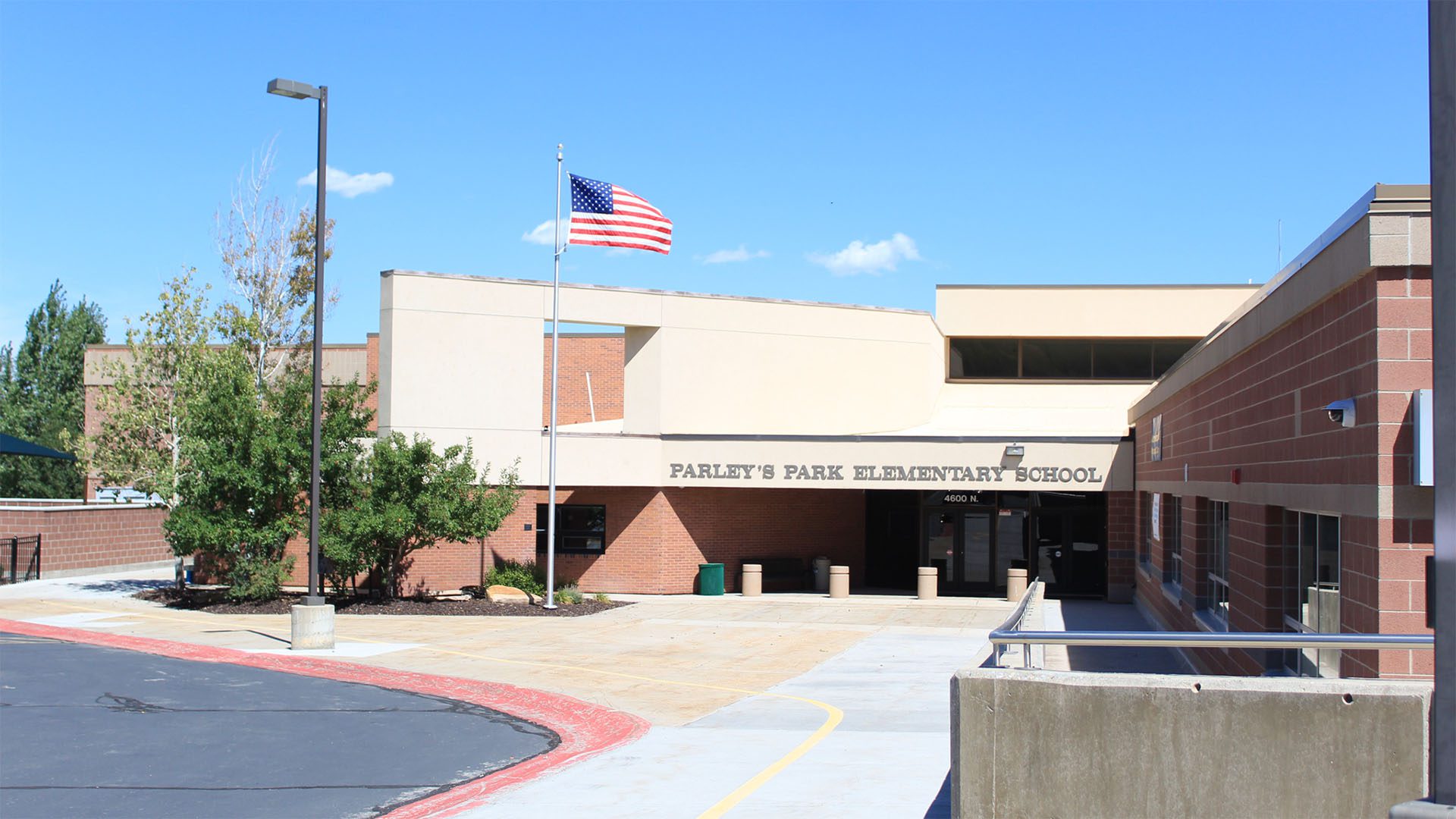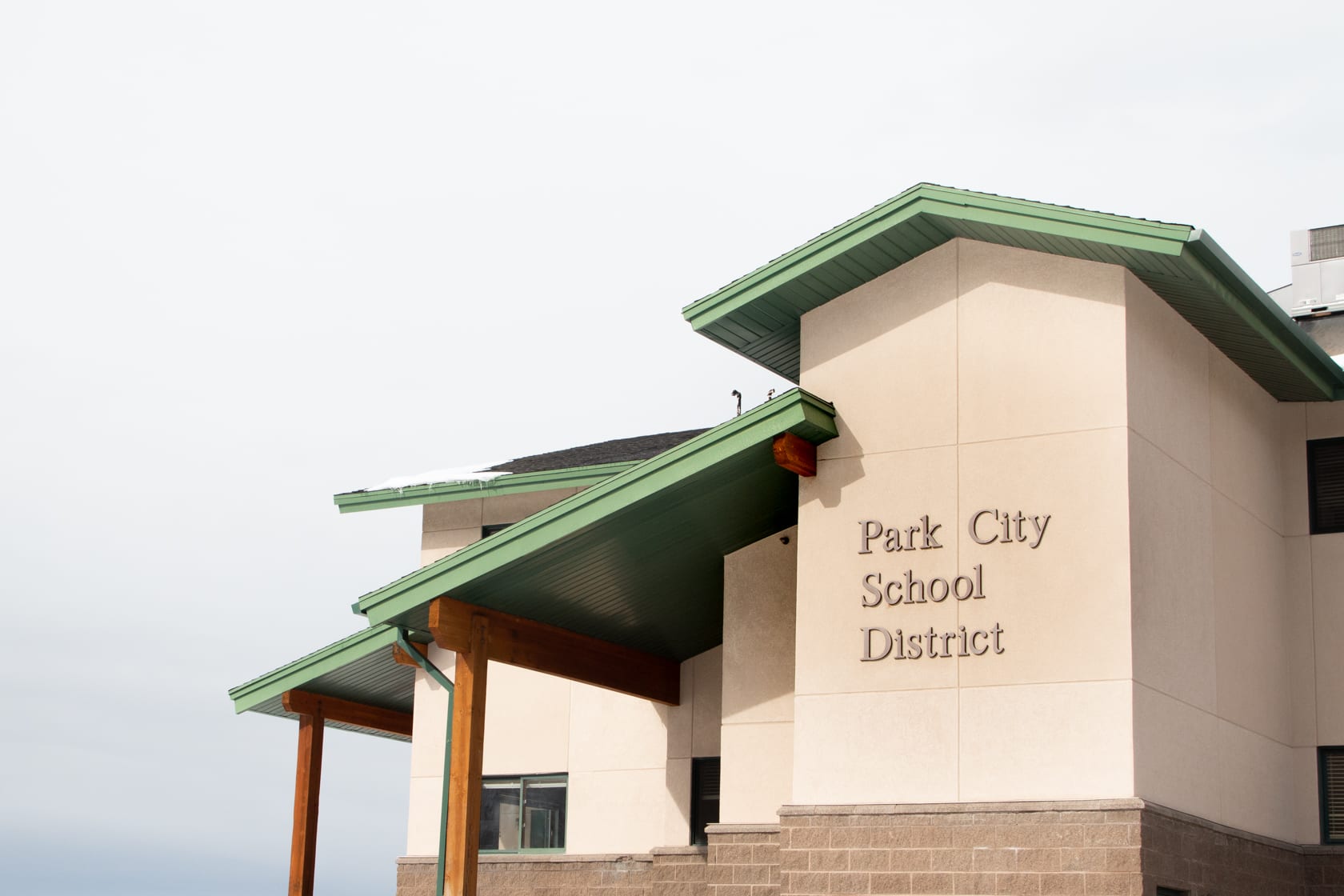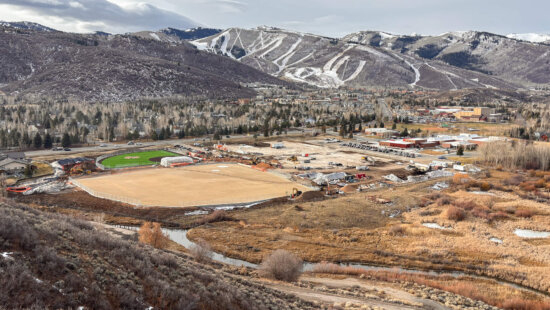Education
The Park City Learning Center’s real life lessons
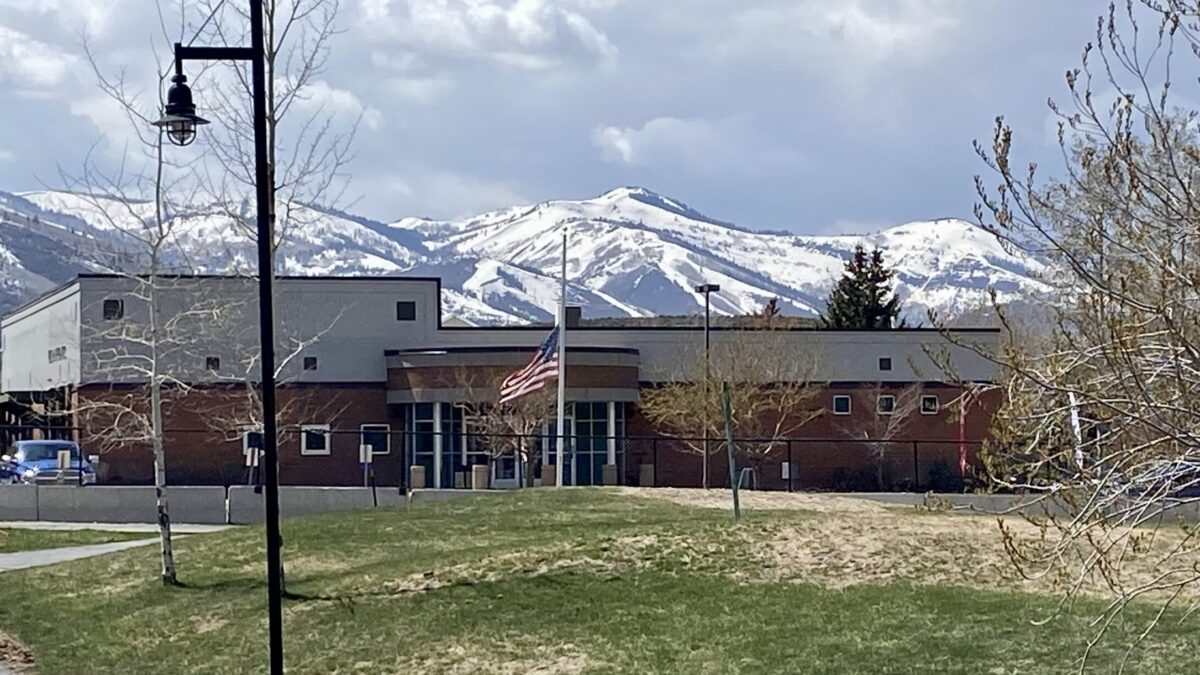
The Park City Learning Center. Photo: TownLift // Michele Roepke
PARK CITY, Utah — This winter’s record snowfall provided both a teaching moment for staff, and more importantly, a learning moment for students at the Park City Learning Center.
The free-standing building for grades nine through 12, located on the Kearns Campus between the elementary, the junior high, and the traditional high school the Learning Center is more of an alternative high school for teenagers in Park City.
Upon returning from the holiday break, science teacher Alisa Schofield pivoted, per curriculum allowances from the Park City School District, and under the auspices of learning center principal Dr. Wendy St. James. The students started noticing the real life lessons of snow piling up in their own driveways, roadways, and school sidewalks.
Schofield has a deep professional roots in outdoor education, beginning at Outward Bound before moving on to the University of Utah where she received her master’s degree in geology, and her 20-year career as an alternative high school teacher for at-risk youth, first in the Wasatch School District. She’s going on five years at the learning center. “So, yeah, this is a passion of mine,” she told TownLift.
Students practiced how to measure snow water equivalent in a snowpack by taking a column of snow from just right outside on the school grounds, then melting it down to see how much water they’d get. Comparing their data to the numbers on the United States Department of Agriculture (USDA) website regarding the snow water equivalent in the Utah Mountains became a bit of a healthy obsession.
Students interests were piqued as they hustled into the classroom to check the website, wanting to know the new numbers. They watched as the snow passed the 1980s record then hit a new historic high at 30 inches of snow water equivalent.
“The data actually proves on paper yeah, this was a big winter, it’s not just our imaginations,” Schofield said.
They even had class contests to guess what the the maximum snow water equivalent might end up being, student Gavin had an accurate guess at 28 inches, and a contest to guess what date Park City would max out and start melting off for which classmate Jose had a great guess.
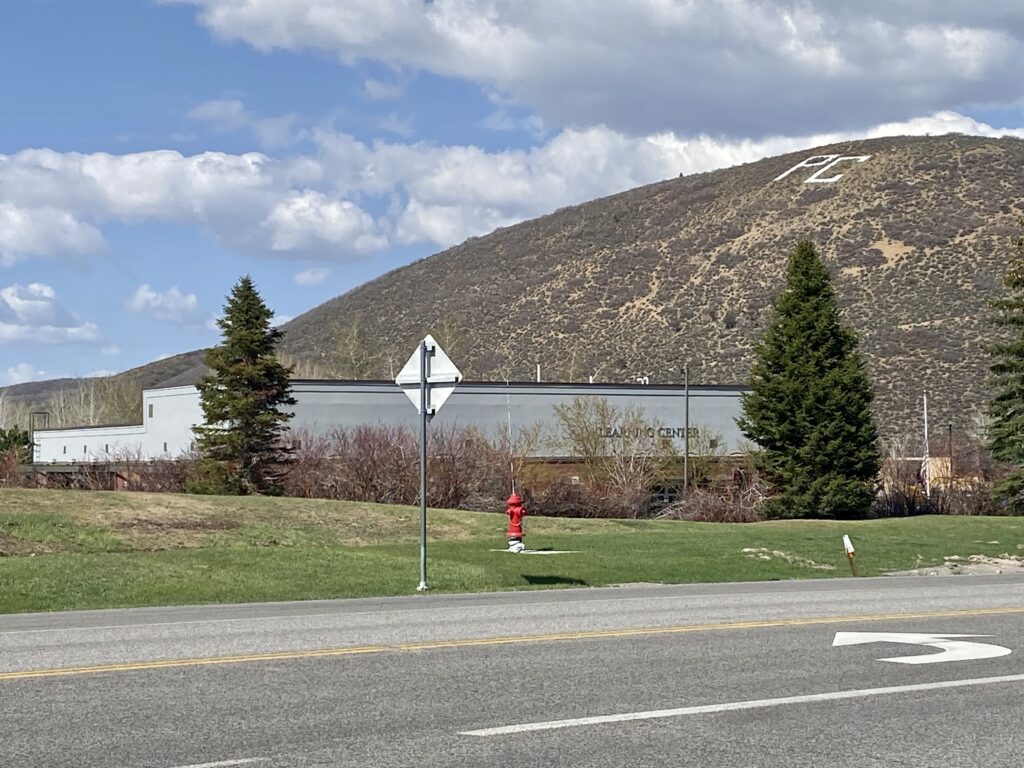
“We had kids wanting to check the graph and wanting to see, what the science is behind the snow as it accumulates and how do you measure that? And how do you get the data from those snow web sites to the actual graph? What’s the process of getting the data out to the people? And so, in that process, we had some questions about the graph. And so we emailed Jordan Clayton at the USDA in Salt Lake, who’s in charge of the Utah Snow Survey and asked him these questions about the data and the graph and how it’s accumulated and, and he was so kind that he offered to come up and talk to the students. So last week, he came up and gave his view on on what it’s like to do this type of work in snow science and, and how they fix these monitors when they’re broken and what the job entails to be collecting all this data for the use of the of the people of Utah,” said Schofield.
“It was it was really fun to to hear him say, ‘Oh my gosh, these kids are really looking at this data,'” Schofield added. “It was also amazing because when he came up to talk to the kids, they were asking him questions about like how do I get a job in this kind of field? It’s like this is stuff that they need to be exposed to to know that ‘hey, I could be an environmental technician, or I could do this kind of data work, and and look I could work for for a public agency and and have some job security.’ These things that he talked to our students about, they were really interested in to see how it worked.”
“It was getting pretty crazy in the beginning of April,” kids wanting to check the data since they saw it snow each night before.
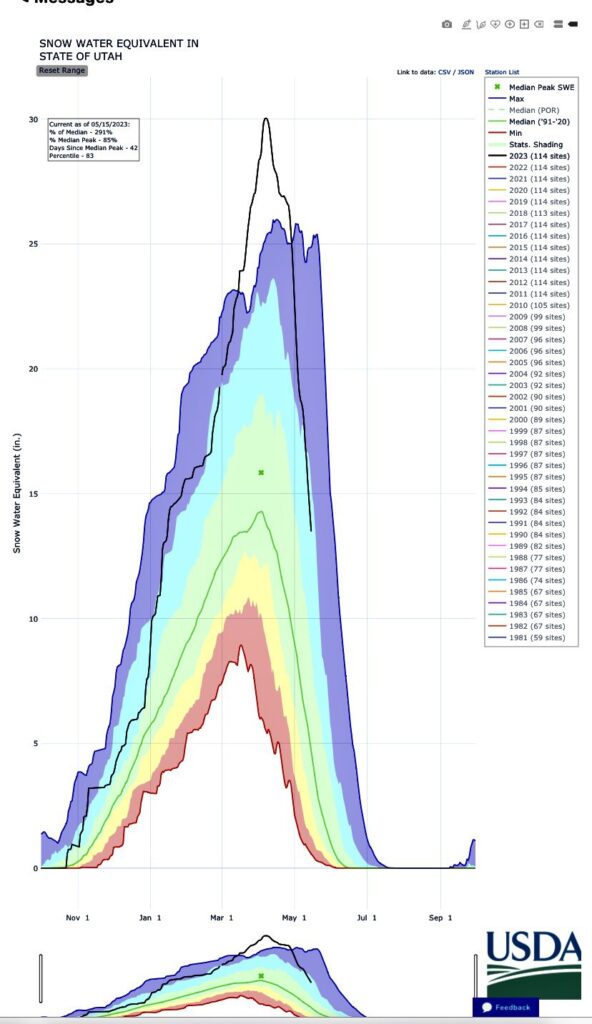
Long-time Learning Center English Teacher Jennifer Valaika and Schofield work closely together to build curriculum that’s of high interest, that catches the kids where they’re at, and related to what they’re seeing in their everyday lives. The two teachers both work hard to make everything really relevant for their students. By doing so, they have very high attendance.
Faculty create an environment where students feel comfortable, thus build relationships with each other and with the staff there, and it makes them want to come to school, “And that’s what our specialty is,” said Schofield.
They tailor lessons on a daily basis while following the curriculum standards. So, they have the standards but then, tailor it to the needs of the students. A perfect example is how one student, Cooper, was extremely interested in the snowfall lessons, especially because his family has a snow-removal business in Park City.
The learning center is a unique program which is a crucial part of the Park City School District as they can catch those teens that otherwise may be overlooked or feel lost at the High School.
Students come to the learning center for lots of different reasons. The program pulls kids from all different walks of life, and it also them to stereotypes left and right.
With a social worker plugging in with parents, the learning center has a modified class schedule, mental health support (individual and group), recreational therapy groups, credit recovery, support for students recently returning to school from out-of-district therapeutic programs, and a space to participate in academic programming with smaller, more intimate class settings.
Participation in the learning center program requires active student engagement and regular attendance, and for students to maintain a Park City High School schedule.
The courses offered within the learning center program are listed in the PCHS course catalog. Enrollment in the program is by counselor referral only.
Some of Schofield’s graduating students have applied to and been accepted into post secondary schools, and some are planning on taking a year off to work. Many of those will stay in Park City, and lend their applicable new skills to the local snow-centered resort industry.

















